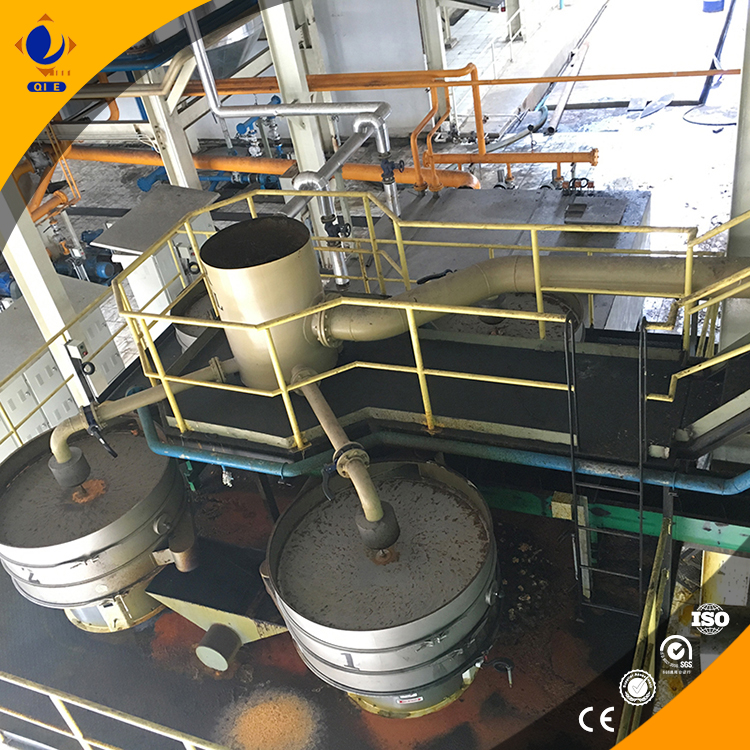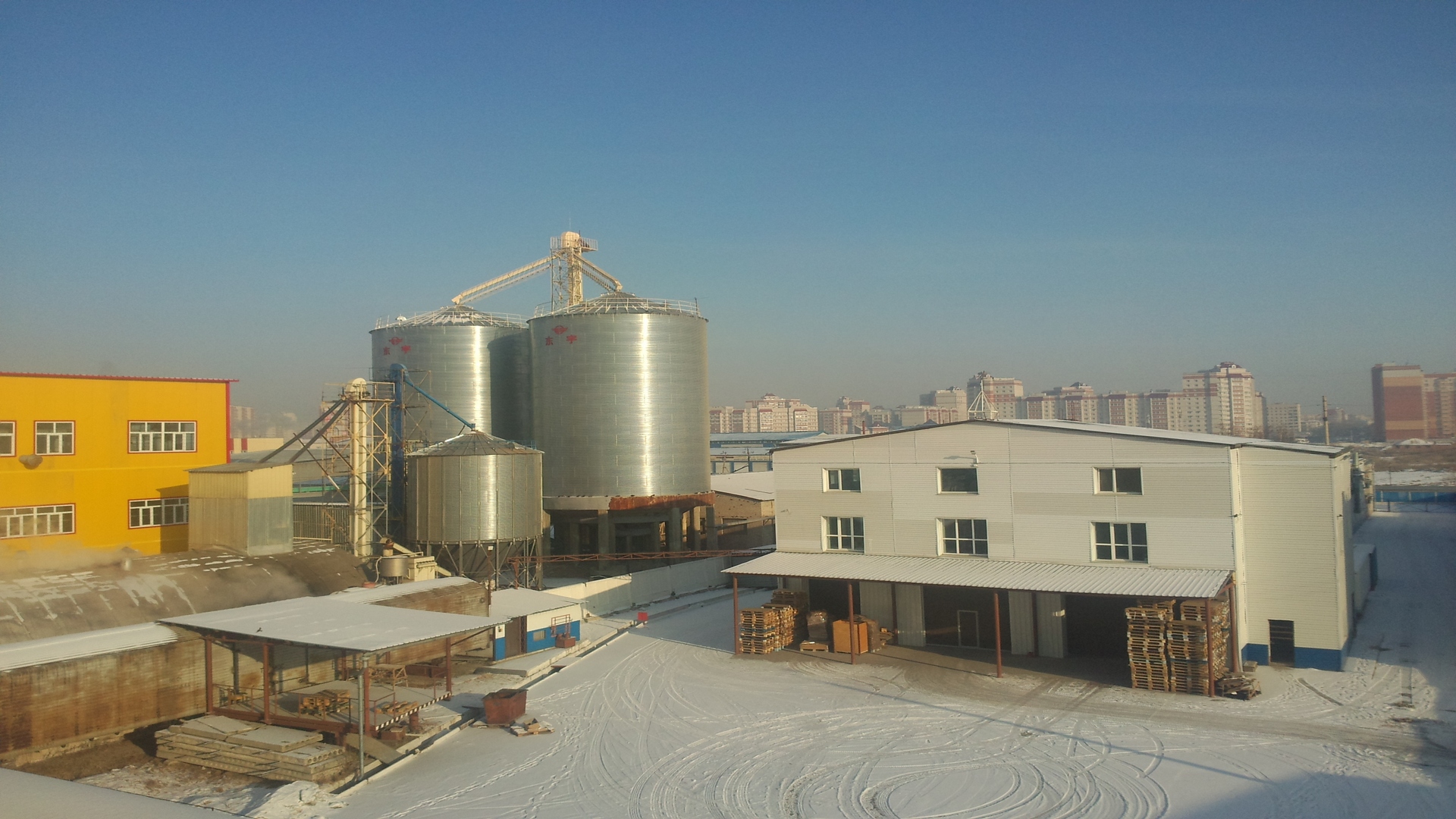
In the global market, soybean oil is a highly sought - after commodity. Have you ever wondered how it is produced efficiently and meets strict export standards? Let's embark on a journey to explore the complex production process of soybean oil.
The first step in soybean oil production is the receiving and cleaning of soybeans. High - quality soybeans are sourced from trusted suppliers. Once received, they are passed through a series of cleaning equipment. Magnets are used to remove any metal impurities, and sieves separate out larger debris such as stones and leaves. This process ensures that only clean and pure soybeans enter the production line. For example, in a large - scale soybean oil production plant, they can process up to 500 tons of soybeans per day at this stage.

After cleaning, the soybeans are crushed to break them into smaller pieces. This increases the surface area, making it easier for the oil extraction process. Subsequently, the hulls are removed. The hulls account for about 8% - 10% of the soybean's weight. Removing them not only improves the quality of the oil but also reduces the load on the extraction equipment. Specialized crushers and dehullers are used in this step, and they can handle large volumes of soybeans with high efficiency.
There are two main methods for oil extraction: mechanical pressing and solvent extraction. Mechanical pressing uses physical force to squeeze the oil out of the soybeans. It is a traditional method and is often used for producing high - quality, cold - pressed soybean oil. Solvent extraction, on the other hand, uses a solvent (usually hexane) to dissolve the oil from the soybean flakes. This method can extract up to 95% of the oil in the soybeans, resulting in higher yields. Our company uses a combination of both methods to ensure the best quality and efficiency.

The extracted crude oil contains impurities such as free fatty acids, phospholipids, and pigments. Refining is a crucial step to remove these impurities and meet export standards. The refining process includes degumming, neutralization, bleaching, and deodorization. Degumming removes phospholipids, neutralization reduces free fatty acids, bleaching removes pigments, and deodorization eliminates unpleasant odors. After refining, the soybean oil has a clear color, mild taste, and a long shelf - life.
Once the soybean oil is refined, it is ready for packaging. Our company uses state - of - the - art packaging equipment to ensure that the oil is well - sealed and protected from light and air. Before leaving the factory, each batch of soybean oil undergoes strict quality control. We test for various parameters such as acid value, peroxide value, and moisture content to ensure that it meets both domestic and international export standards.
Soybean oil production also generates valuable by - products. The soybean meal left after oil extraction is a rich source of protein and is widely used as animal feed. It contains about 44% - 48% protein, making it a popular choice for livestock and poultry farmers. Additionally, the hulls can be used as a source of fiber in animal feed or as a raw material for bio - energy production.

In conclusion, the production of high - quality soybean oil that meets export standards is a complex and highly professional process. Our company demonstrates a rigorous and professional attitude in every step of the production process, from raw material selection to final product delivery. We are committed to providing our customers with the best - quality soybean oil and related products.
Contact us today to learn more about our soybean oil products and start a long - term cooperation. We are here to meet all your needs for high - quality soybean oil!


